A tecnologia Thunderbolt está na vanguarda da conectividade de alta velocidade há mais de uma década. Com o lançamento do Thunderbolt 5, a Intel elevou o padrão, oferecendo velocidade, potência e desempenho de tela incomparáveis. Este guia aborda os fundamentos do Thunderbolt 5, especificações, casos de uso, principais prioridades de compra e por que o... O cabo Thunderbolt 5 com certificação Intel da CABLETIME é a melhor escolha.
- 1. Especificações do Thunderbolt 5
- 2. Qual é a velocidade do Thunderbolt 5?
- 3. Thunderbolt 5 é o mesmo que USB-C?
- 4. Para que serve o cabo Thunderbolt 5
- 5. Principais prioridades de compra para um cabo Thunderbolt 5
- 6. Como confirmar se seu cabo Thunderbolt 5 é certificado pela Intel
- 7. Melhor cabo Thunderbolt 5
- 8. Problemas comuns a evitar

Thunderbolt 5 é o mais recente padrão de conectividade de alta velocidade da Intel. Ele utiliza o conector USB-C, é totalmente compatível com versões anteriores de Thunderbolt 4/3 e USB4 e oferece aumento de largura de banda de até 120 Gbps para cargas de trabalho com uso intenso de vídeo. Ele foi projetado para criadores, gamers e profissionais que precisam de dois monitores 8K, configurações 4K triplas de alta atualização, armazenamento ultrarrápido e soluções poderosas de acoplamento com um único cabo.
Especificações do Thunderbolt 5
| Recurso | Thunderbolt 5 | Thunderbolt 4 |
| Largura de banda máxima | 80 Gbps (até 120 Gbps com aumento de largura de banda) | 40 Gbps |
| Suporte de vídeo | Dual 8K@60Hz or Triplo 4K@144Hz | Dual 4K@60Hz |
| Entrega de energia | Até 240 W (USB PD 3.1 EPR) | Até 100 W |
| Protocolos de Dados | Tunelamento PCIe 4.0, DisplayPort 2.1, USB4 v2 | PCIe 3.0, DP 1.4, USB4 |
| Conector | USB-C | USB-C |

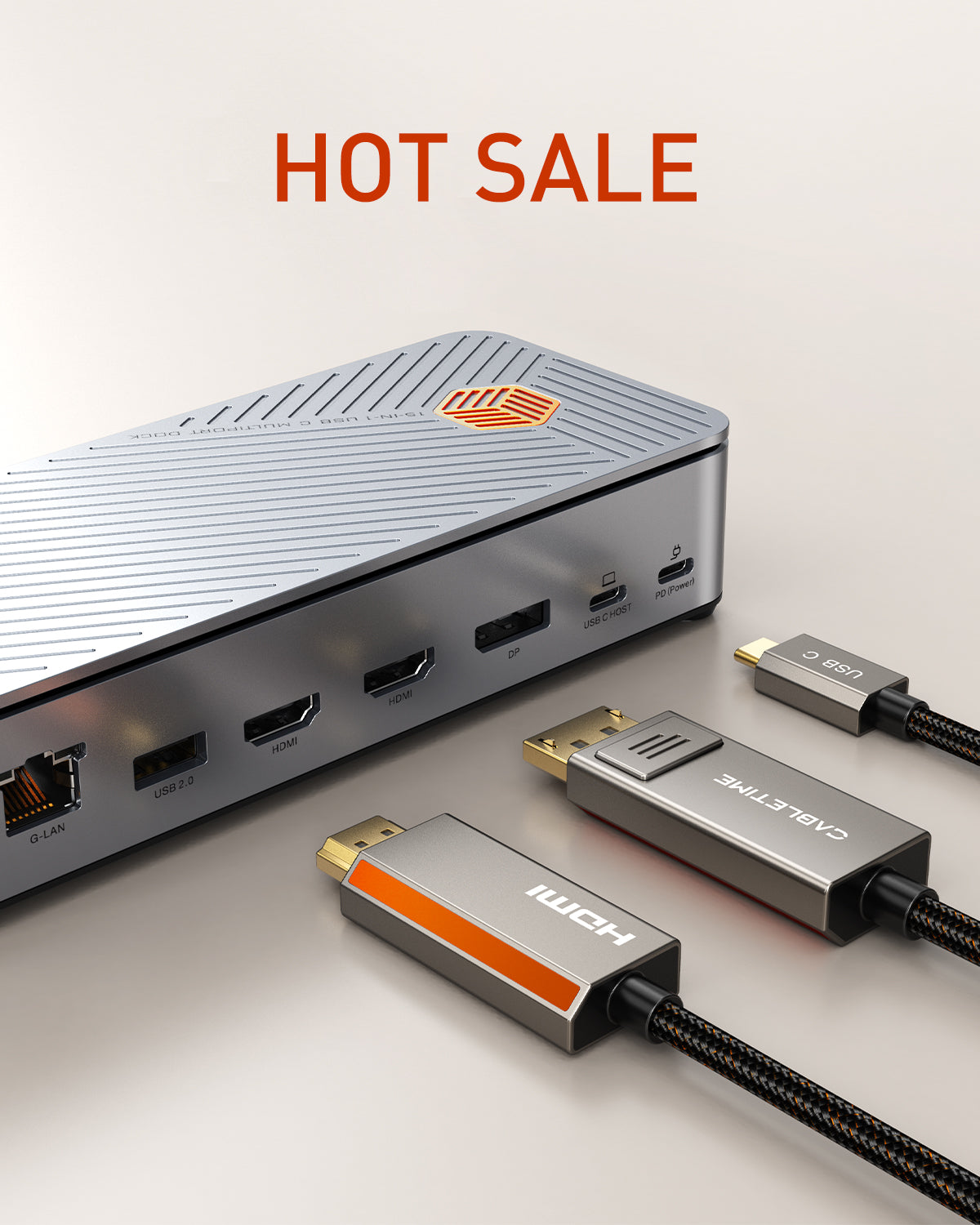
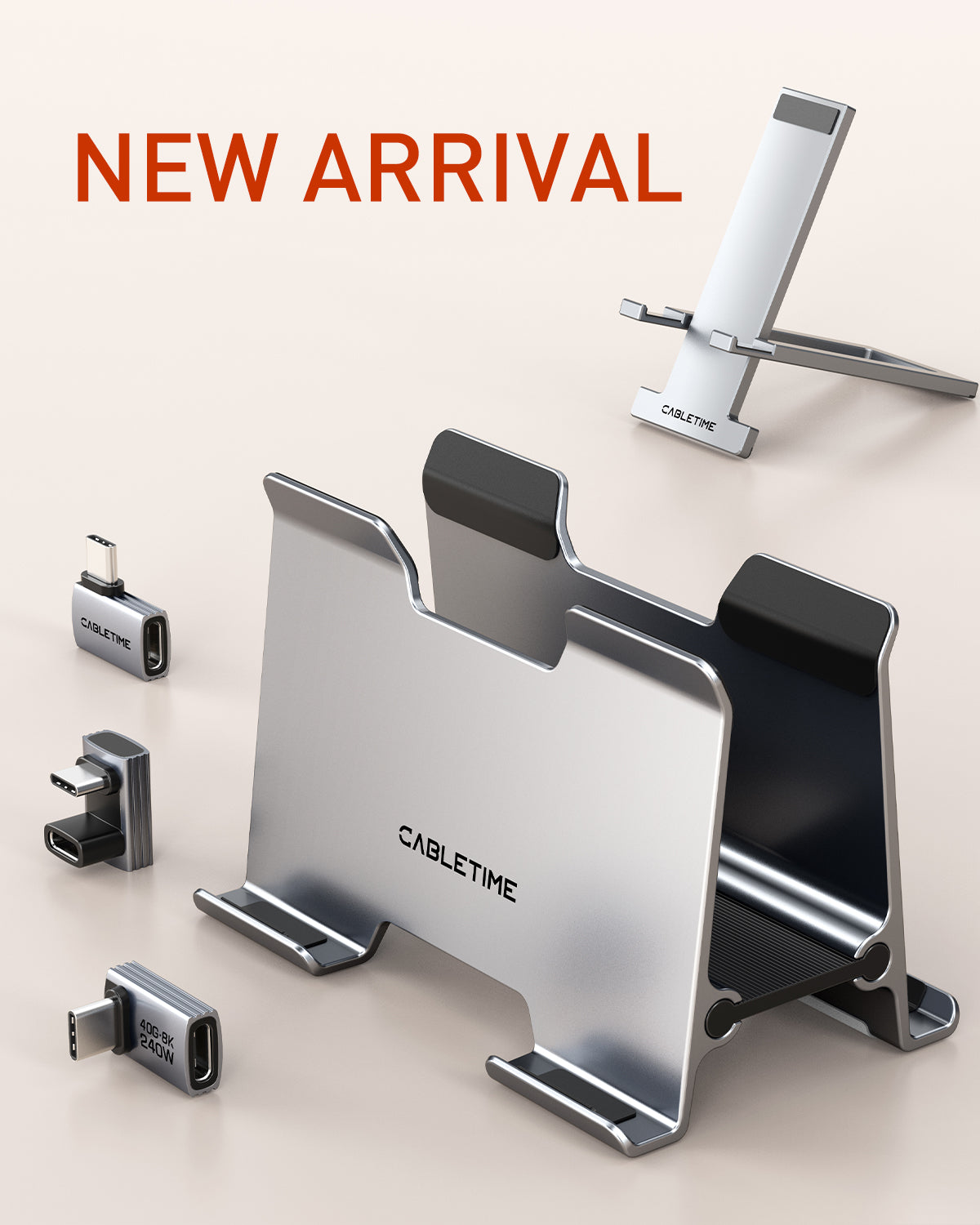
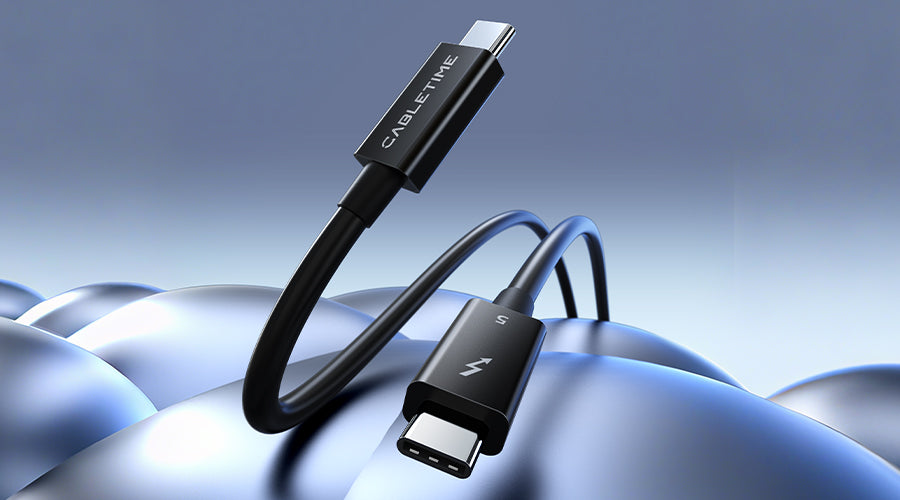






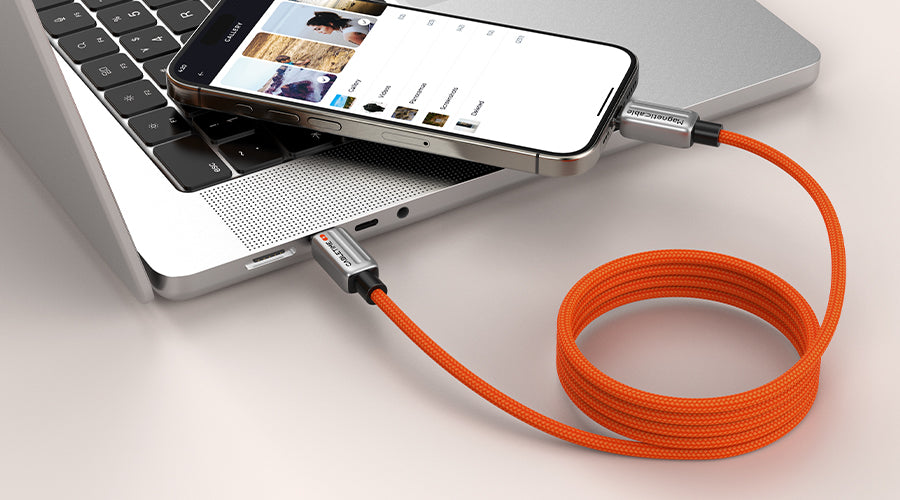
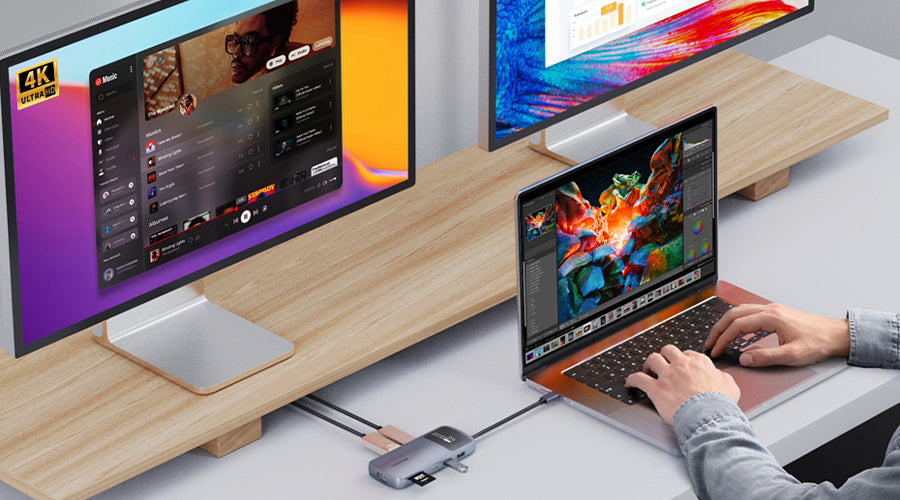
Deixe um comentário
Este site é protegido por hCaptcha e a Política de privacidade e os Termos de serviço do hCaptcha se aplicam.